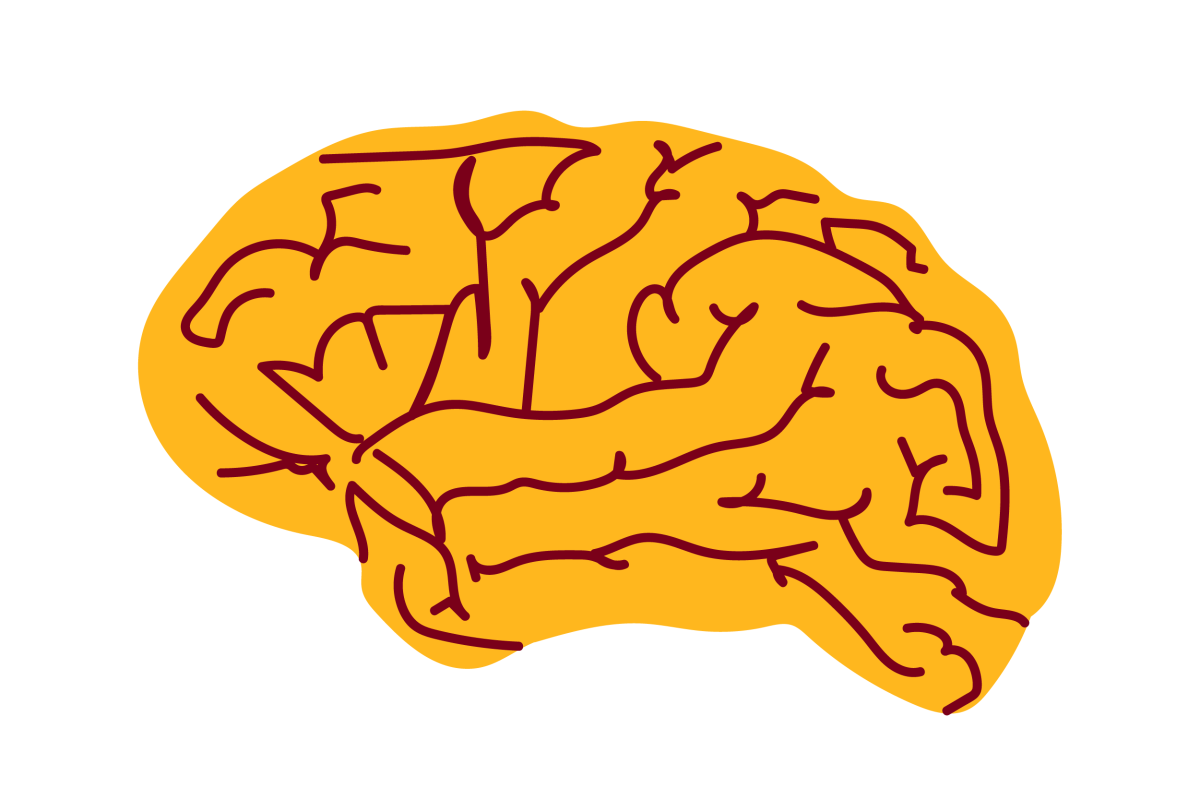Semantic Segmentation of Underwater Imagery: Dataset and Benchmark [preprint]

Preprint date
September 13, 2020
Accepted for publication in the IEEE/RSJ International Conference on Intelligent Robots and Systems (IROS) 2020
Authors
Md Jahidul Islam (Ph.D student), Chelsey Edge (Ph.D. student), Yuyang Xiao (undergraduate research assistant), Peigen Luo (undergraduate research assistant), Muntaqim Mehtaz (undergraduate research assistant), Christopher Morse (undergraduate research assistant), Sadman Sakib Enan (Ph.D. student), Junaed Sattar (assistant professor)
Abstract
In this paper, we present the first large-scale dataset for semantic Segmentation of Underwater IMagery (SUIM). It contains over 1500 images with pixel annotations for eight object categories: fish (vertebrates), reefs(invertebrates), aquatic plants, wrecks/ruins, human divers, robots, and sea-floor. The images have been rigorously collected during oceanic explorations and human-robot collaborative experiments, and annotated by human participants. We also present a benchmark evaluation of state-of-the-art semantic segmentation approaches based on standard performance metrics. In addition, we present SUIM-Net, a fully-convolutional encoder-decoder model that balances the trade-off between performance and computational efficiency. It offers competitive performance while ensuring fast end-to-end inference, which is essential for its use in the autonomy pipeline of visually-guided underwater robots. In particular, we demonstrate its usability benefits for visual serving, saliency prediction, and detailed scene understanding. With a variety of use cases, the proposed model and benchmark dataset open up promising opportunities for future research in underwater robot vision.
Link to full paper
Semantic Segmentation of Underwater Imagery: Dataset and Benchmark
Keywords
underwater robotics, computer vision